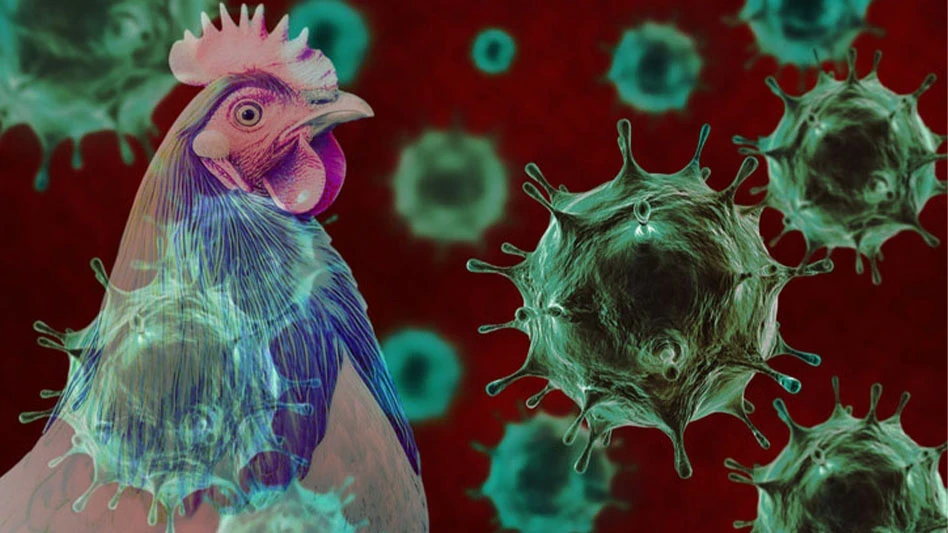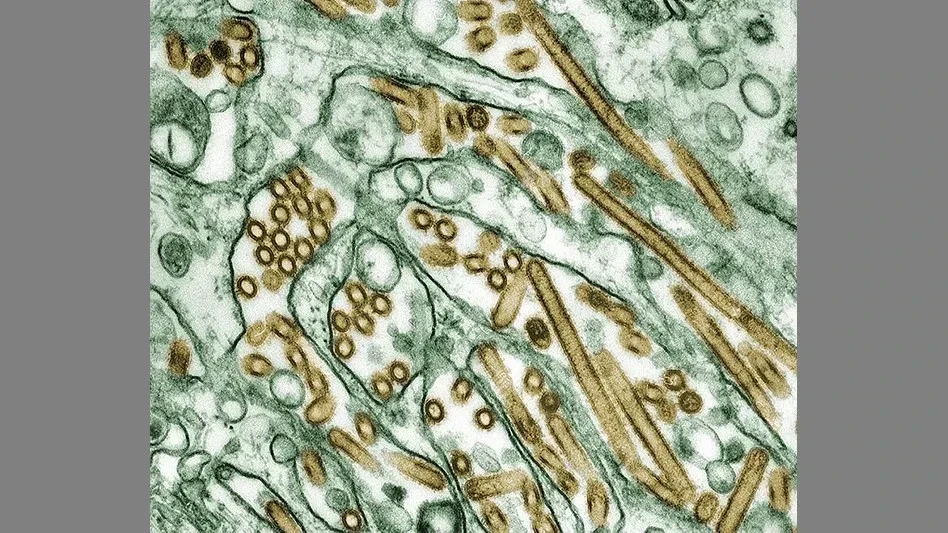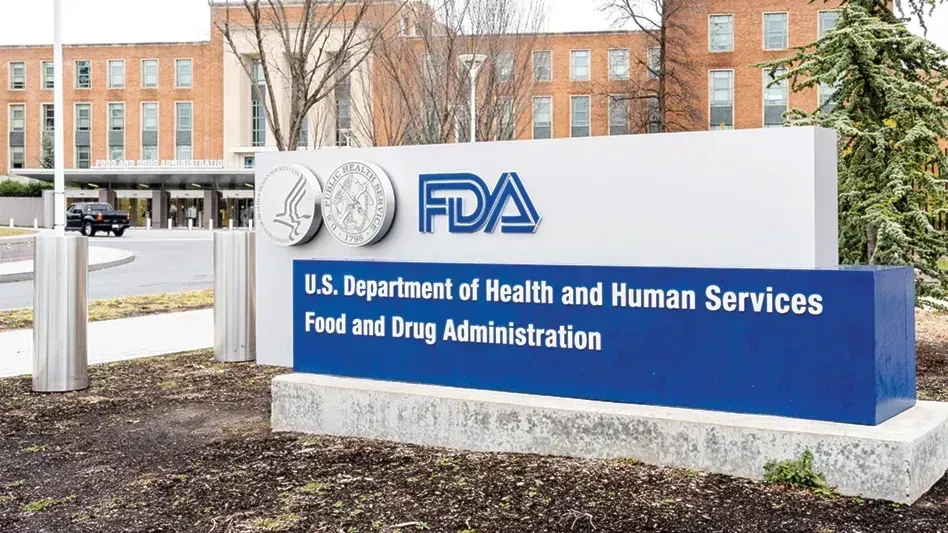
By Lakshmikantha Channaiah
The Food Safety Modernization Act (FSMA) aims to ensure the U.S. food supply is safe by shifting the focus from responding to food-safety failures to preventing them. FSMA requires validation and verification of all preventive controls that are process steps and critical for food safety. Specifically, the ruling clearly states that the “validation of preventive controls, includes obtaining and evaluating scientific and technical evidence (or, when such evidence is not available or is inadequate, conducting studies) to determine whether the preventive controls, when properly implemented, will effectively control the hazards that are reasonably likely to occur.” This has created an industry-wide need to scientifically validate thermal kill steps to ensure product safety. Although this article focuses on bakery products, the kill-step validation component of FSMA has implications for all businesses that import commercial food products.
There are nearly 2,800 commercial bakeries and 6,000 retail bakeries operating in the U.S., with a market value of nearly $30 billion per year. Compared to the produce and meat industries, the U.S. baking industry has a very safe record for the production of shelf-stable processed foods. However, microbiological spoilage often has been the major factor limiting the shelf life of bakery products leading to huge economic losses. The presence of pathogens such as Salmonella spp. in ingredients or products could create a public health risk if the product is improperly baked. Although Salmonella spp. cannot grow in foods or ingredients with a water activity of less than 0.93, it can survive for months and grow when favorable conditions prevail, such as rehydration of flour. Research findings revealed that Salmonella can survive in adverse conditions (e.g., low-moisture foods) for a long time.
Although not directly linked to improper production practices, there were 30 disease outbreaks and 706 illnesses linked to bakery products between 1998 and 2007. Pathogens such as Salmonella spp. can be introduced into bakery products through a wide range of ingredients such as egg, milk products, flour, milk chocolate, coconut, peanut butter, fruit, spices, and yeast flavorings.
Though most bakery products undergo a putative kill step at the point of production, such as baking or cooking, studies validating these control points are lacking in peer-reviewed literature. Per the FSMA rule, either one has to provide closely related scientific proof or conduct challenge studies to prove that their preventive controls such as baking, cooking, roasting, extrusion, frying, etc., are working effectively in reducing hazards.
THE RESEARCHSince validation is important for food safety, AIB International has collaborated with the American Bakers Association—Food Regulatory Affairs Committee (FTRAC), Kansas State University, and the University of Nebraska-Lincoln to develop validation procedures for bakery products. The kill-step validation (KSV) research was initiated using hamburger buns as a model to develop a validation protocol that suits the needs of the U.S. baking industry and to help meet the FSMA validation requirement. It is the first of its kind involving validating a bakery product with baking as a kill step for Salmonella spp., E. faecium,andyeast.
The main objective of the research was to validate a simulated commercial baking process for hamburger buns to destroy Salmonella spp., and to determine the appropriateness of using non-pathogenic surrogates Enterococcus faecium and/or Saccharomyces cerevisiae for in-plant validation studies. Additionally, the heat resistance viz, D value, and Z value of Salmonella spp., S. cerevisiae and E. faecium in the hamburger-bun dough were determined to enable researchers to understand the thermal resistance pattern.
- D value is the time required at a certain temperature to kill 90% of specific bacterial population or reduce the bacterial load by one log under specified conditions.
- Z value is the change in the temperature, in degrees Fahrenheit (°F) or Celsius (°C), required to reduce the specific bacterial load by a factor of 10 or by one log.
- F value is the process lethality or the time in minutes, at a specific temperature required to destroy a certain number of viable cells.
Since flour is one of the main sources of contamination, trays containing wheat flour were individually inoculated (at about six log CFU/g) with three Salmonella serovars viz., Typhimurium, Newport, Seftenberg, and E. faecium. The dough was formed, proofed, and baked to mimic commercial manufacturing conditions. Bake time and temperature were optimized for a kitchen oven to bake hamburger buns.

After a series of trials, hamburger buns that were baked at 425°F for 13 minutes were found to match the baking industry’s hamburger-bun end-use quality parameters such as crust color, size, texture, and internal crumb temperature. Inoculated hamburger buns were baked for up to 13 minutes in a kitchen oven at 425°F.
Before placement of the pan into the oven, thermocouples were inserted into the geometric center of the buns to measure the internal temperature during baking. The crumb temperature increased to about 212°F during the first eight minutes of baking and remained at this temperature until removal from the oven. Bun samples were collected at nine, 11, and 13 minutes during baking, and 30 minutes after cooling in ambient temperature, to determine the final concentration of the microbes.
At the end of the baking process, Salmonella, Enterococcus, and yeast were enumerated using respective selective and injury-recovery media by following approved methodology. Injury-recovery media was used to see the recoverability of injured cells, because injured bacterial cells can survive upon availability of favorable conditions.
All kill-step validation related research activities that involved flour inoculation, inoculated dough preparation, baking, and enumeration were conducted in a BioSafety Level-2 pilot food processing laboratory. Three independent replications were conducted for each target organism and baking temperature. For microbial kinetics study to determine D and Z values, Salmonella serovars (Typhimurium, Newport, Seftenberg) were used as a cocktail.
THE RESULTS
The results clearly showed that Salmonella populations were undetectable by enrichment (greater than six log CFU/g reductions) after nine minutes of baking. Additional bun-baking studies to determine “breakpoint” times clearly showed no viable yeast cells after the five minutes of baking, and a five-log reduction of Salmonella and E. faecium was achieved by six and 7.75 minutes respectively.
The data demonstrate that the typical hamburger bun-baking process using oven temperatures of at least 425°F is efficient in reducing very high levels of Salmonella spp. (of more than six log CFU/g) for all baking times studied in this research—providing scientific proof that a normal baking process can reduce Salmonella populations by more than six log CFU/g. The low thermal tolerance (D value) of S. cerevisiae relative to Salmonella limits its usefulness as a potential surrogate for process validations. Greater survival of E. faecium during bun baking and higher D values of E. faecium compared to that of Salmonella spp. suggest that E. faecium can be used as a conservative surrogate for Salmonella spp. for baking studies in processing facilities.
UPDATING FDA
AIB presented the hamburger-bun kill-step validation research findings to the FDA at its Washington, D.C., headquarters in July 2015. FDA had positive comments on the intent to design and conduct validation research to comply with FSMA’s preventive controls for human foods rule, and felt the methodology and the bakery products selected for this research to be appropriate.
For phase two of the bakery-validation research, AIB, in consultation with ABA-FTRAC, has shortlisted three products—viz., multigrain whole wheat bread, cake muffin, and plain cookies. Interaction with FDA will continue with the next generation bakery product validation studies.
BAKING KILL-STEP CALCULATORS
One of the goals of the KSV research also was to provide bakery manufacturers with a science-based tool (based on time/temperature curve) to validate in-plant baking processes without risking facility contamination. Time and temperature values are critical for achieving a desired log kill (e.g., five log reduction) in any thermal process. A series of baking-process lethality calculators was developed based on D and Z values of Salmonella generated as a part of the kill-step validation research.
To date, baking process lethality calculators have been published for hamburger bun, multigrain whole wheat bread, and cake muffins. These calculators work by using product-specific oven time and temperature parameters to automatically determine the total process lethality for Salmonella in terms of log reductions. Additionally, the calculator generates three graphs: product internal temperature, F value/minute, and cumulative log reductions. If the desired log reduction is achieved for the specific baking process and pathogen of concern, the generated process lethality report can be used as guidance and as a supporting documentation for FSMA validation and verification process.
These calculators can be downloaded free from AIB’s website. They include a detailed procedure to identify the oven’s cold spot and to validate the hamburger bun, multigrain whole wheat bread, and cake muffin baking processes.
This kill-step validation research can help the baking industry enhance food safety and protect consumers by enabling compliance with FSMA’s validation requirement, assisting in the determination of an effective treatment option, and preventing repetition and duplication of resources for kill step validation research.
SUMMARY
According to FSMA, each registered food manufacturing facility is required to implement preventive controls and demonstrate science-based documentary evidences of preventive controls to FDA inspectors. The baking-process kill-step calculators enable bakeries of all sizes to meet the new requirements without having to invest in expensive and time-consuming microbiological challenge studies. The generated reports can be used as guidance as well as supporting documentation for the baking industry’s compliance mandate for validation and verification rules outlined in the regulations.
The hamburger-bun validation manuscript has been peer-reviewed, and accepted for publication by the Journal of Food Protection; it is expected to be published in the first quarter of 2016. There are more than 2,000 bakery products in the market. Hence, it is necessary and valuable to conduct additional research involving multiple baked goods categories with varied moisture contents, pH, water activity (aw), etc.
AIB International is currently conducting additional bakery-product validation research, and plans to release other calculators for various bakery products in 2016. It is expected that the validation methodology and baking process calculators developed from this research will help the U.S. and global baking industries demonstrate the effectiveness of the baking process and enhance food safety.
The author is AIB director of microbiology.

Explore the February 2016 Issue
Check out more from this issue and find your next story to read.
Latest from Quality Assurance & Food Safety
- Penn State Course Covers Fundamentals of Food Science
- Joint FAO/WHO Expert Committee on Food Additives Seeks Experts
- FDA Reschedules Webinar on Updated ‘Healthy’ Claim
- Thousands More Laid Off at FDA, CDC in HHS Restructuring
- USDA Extends Deadline on Request for Information for Poultry Quality Standards
- Dessert Holdings Issues Allergy Alert on Undeclared Pecans in Favorite Day Cheesecake
- Idaho Smokehouse Partners Recalls Beef Sticks Due to Possible Foreign Matter Contamination
- IDFA Leadership Symposium Set for June 23-26





